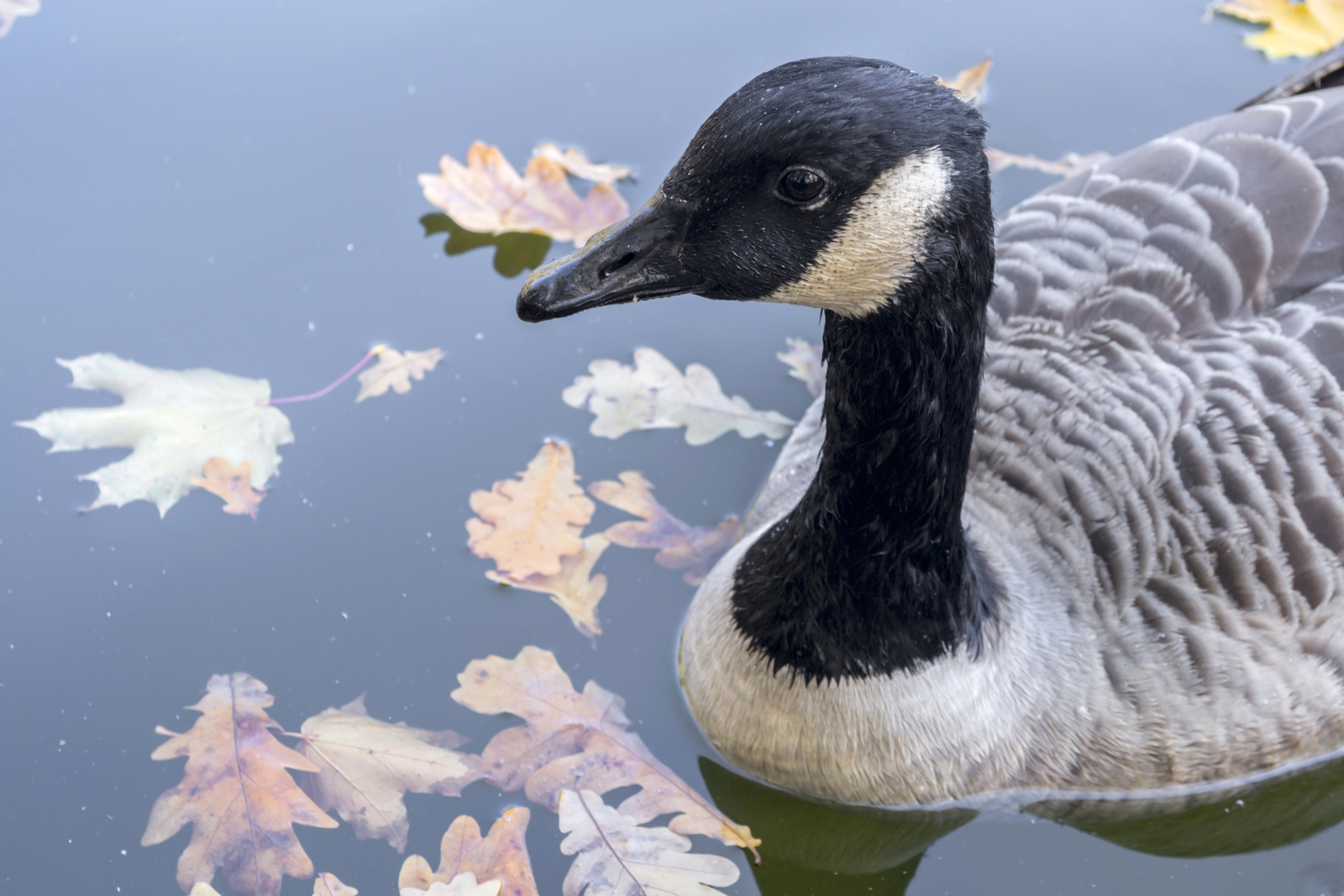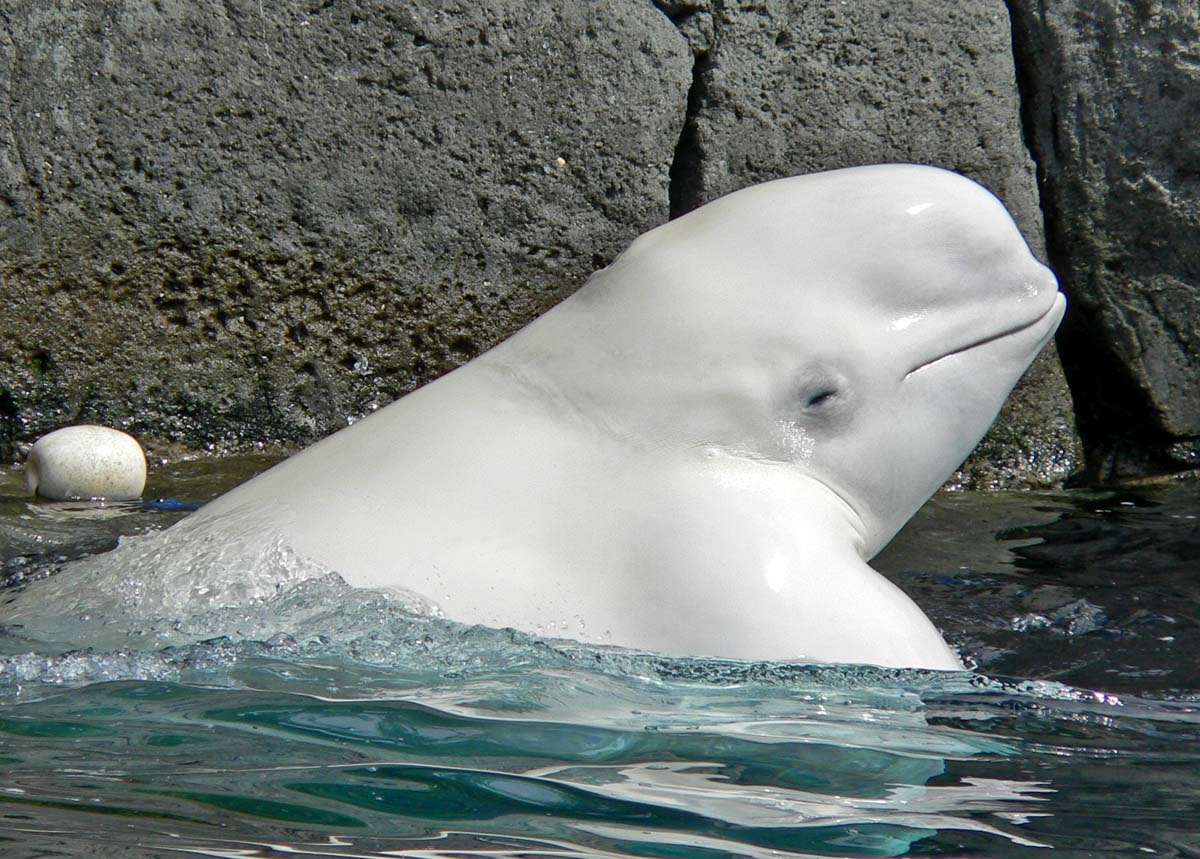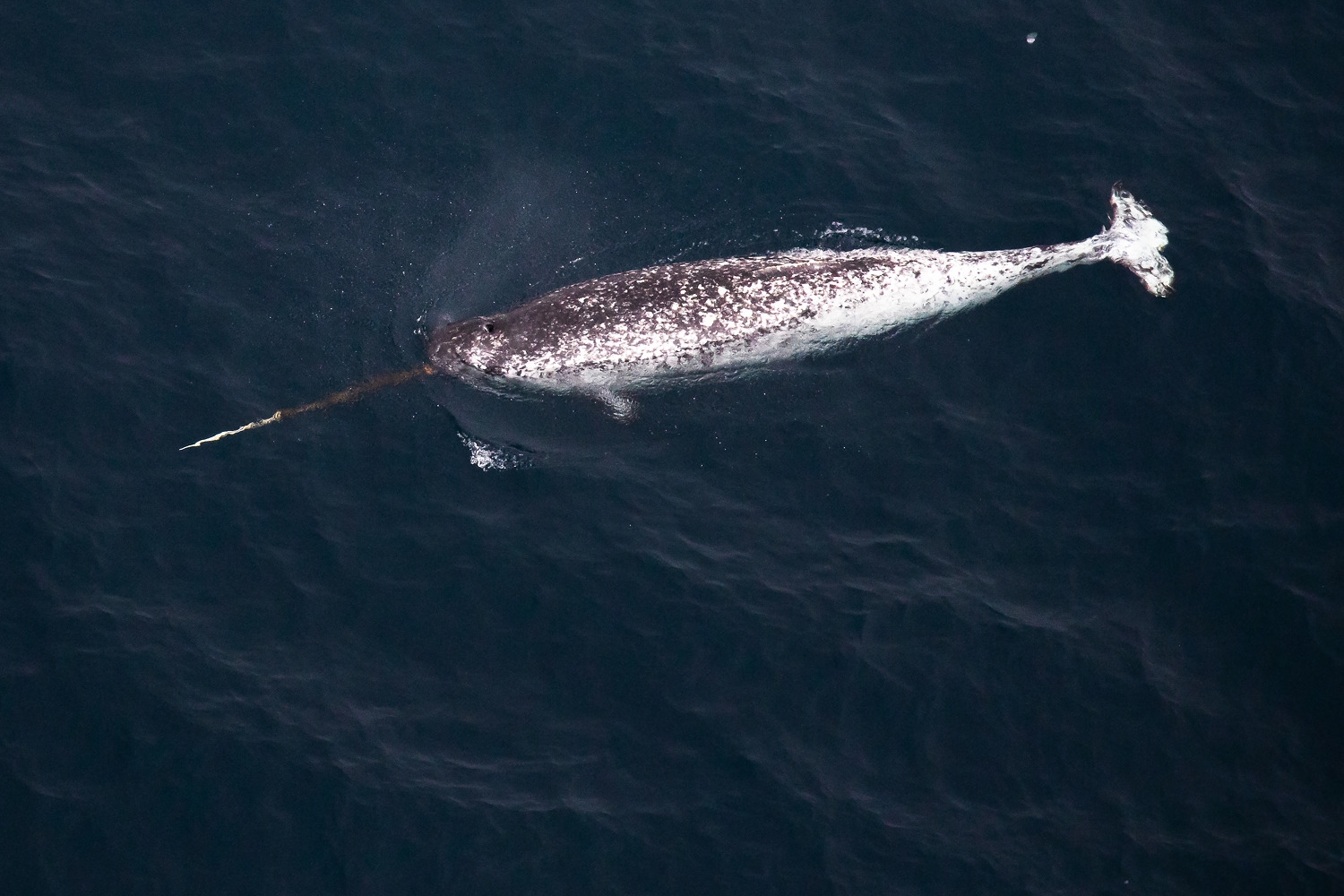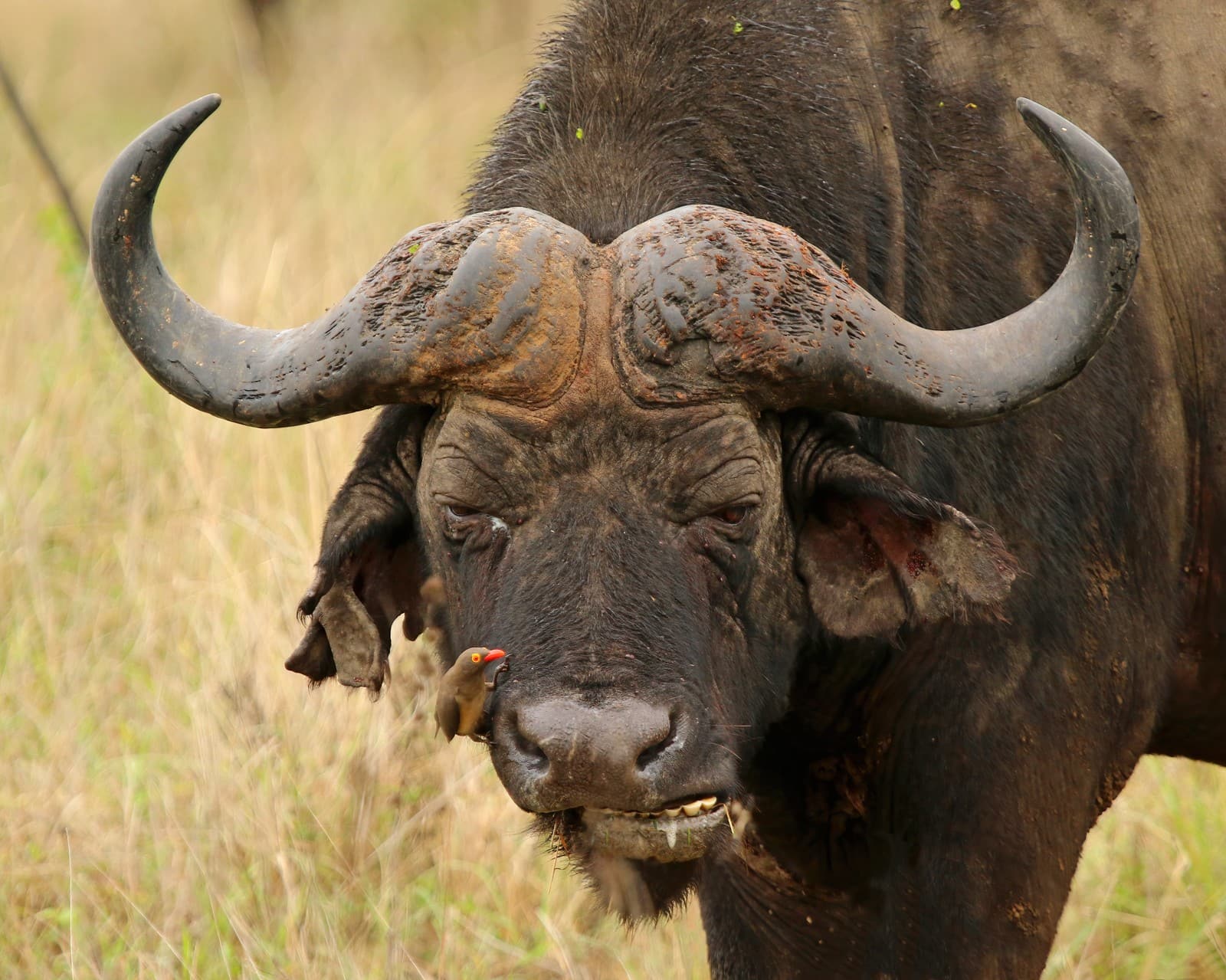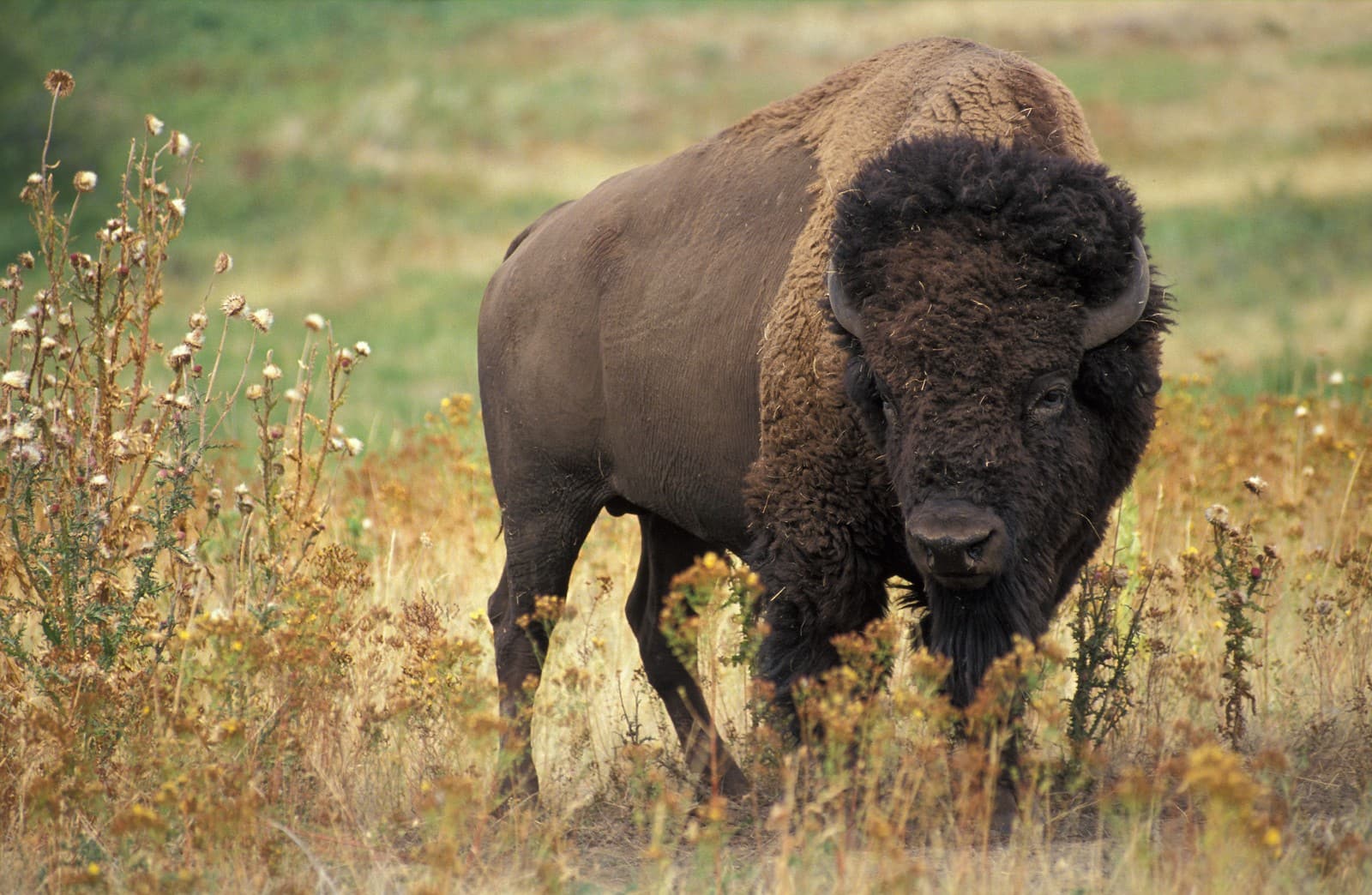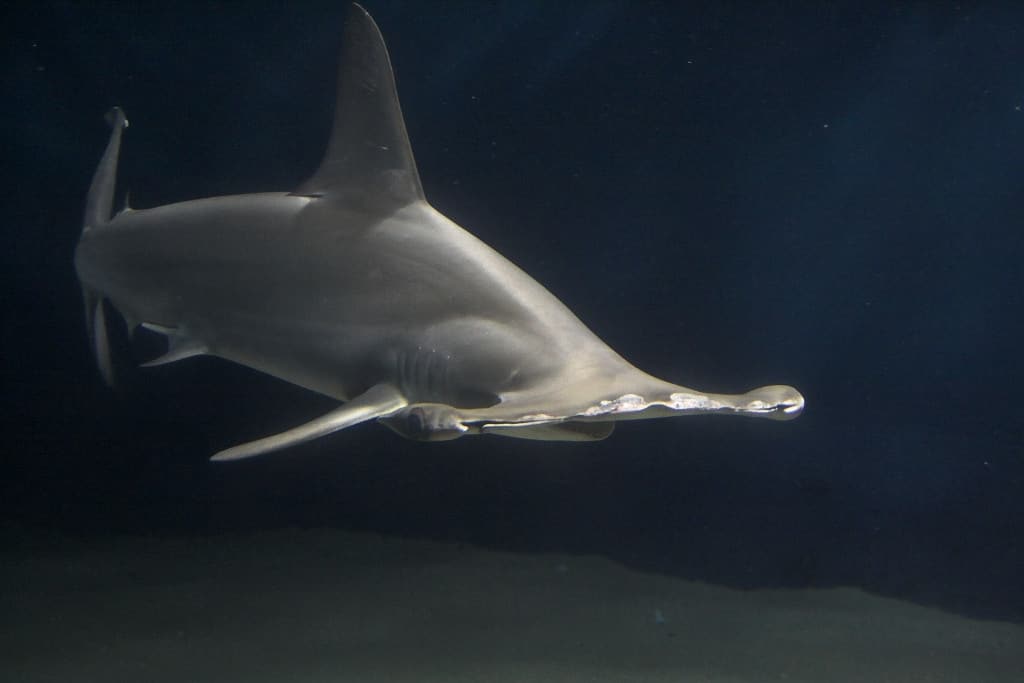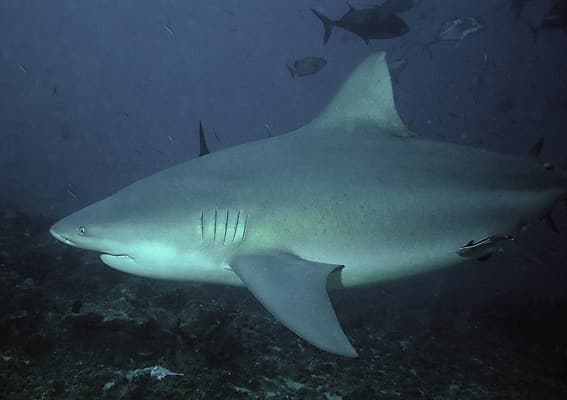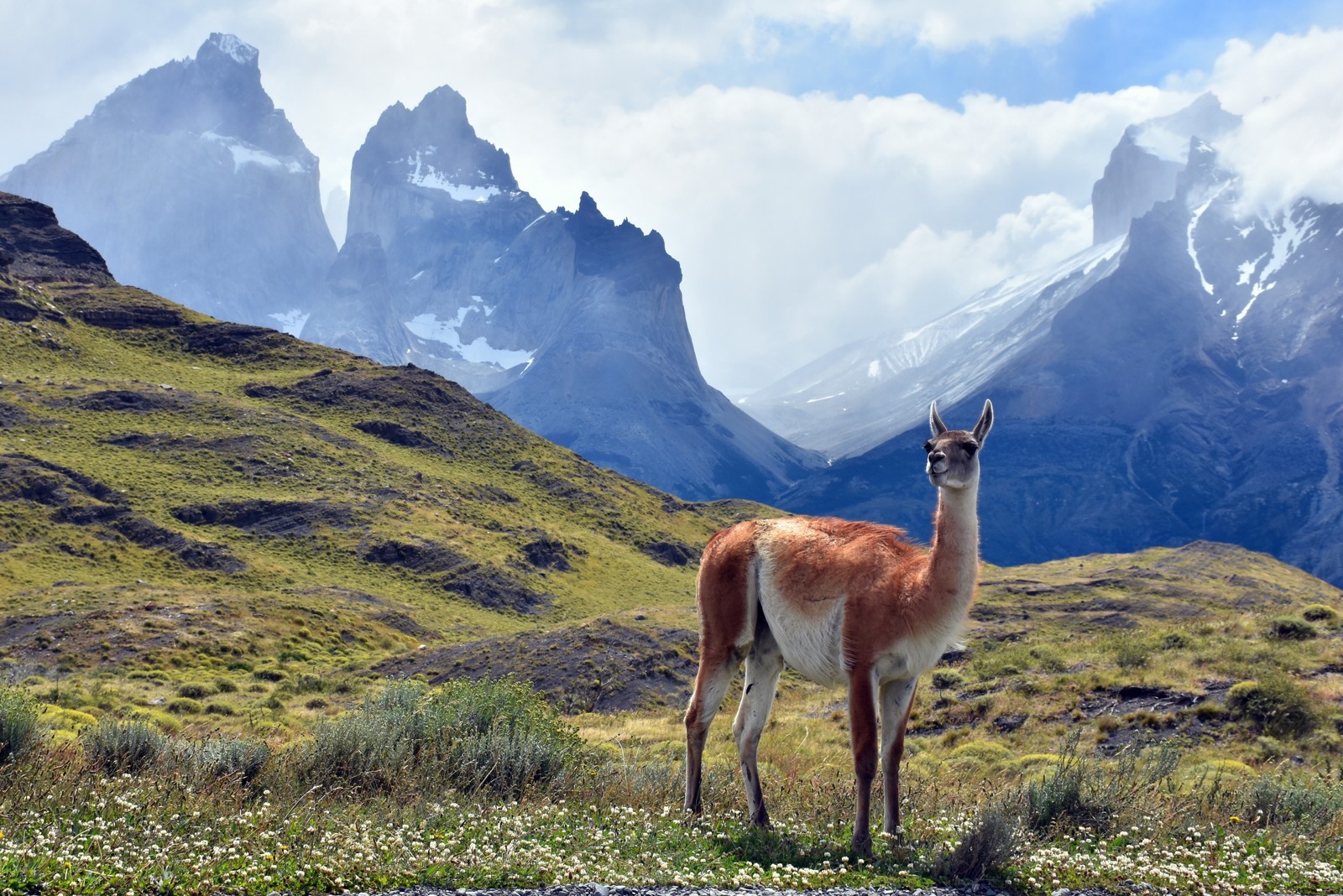Pygmy Hippopotamus vs Hippopotamus: A Complete Comparison
The Pygmy Hippopotamus and common Hippopotamus represent a fascinating study in evolutionary adaptation within the same family. While closely related, these African mammals differ dramatically in size, with the common hippopotamus weighing up to 3,300 pounds (1,500 kg) while its pygmy cousin typically reaches only 600 pounds (275 kg) at maturity.
These remarkable creatures diverged millions of years ago, developing distinct characteristics suited to their respective habitats. The Pygmy Hippopotamus adapted to forest environments, while the common Hippopotamus evolved as a semi-aquatic giant of African rivers and lakes. Their differences extend far beyond size, encompassing behavior, social structure, and ecological roles.
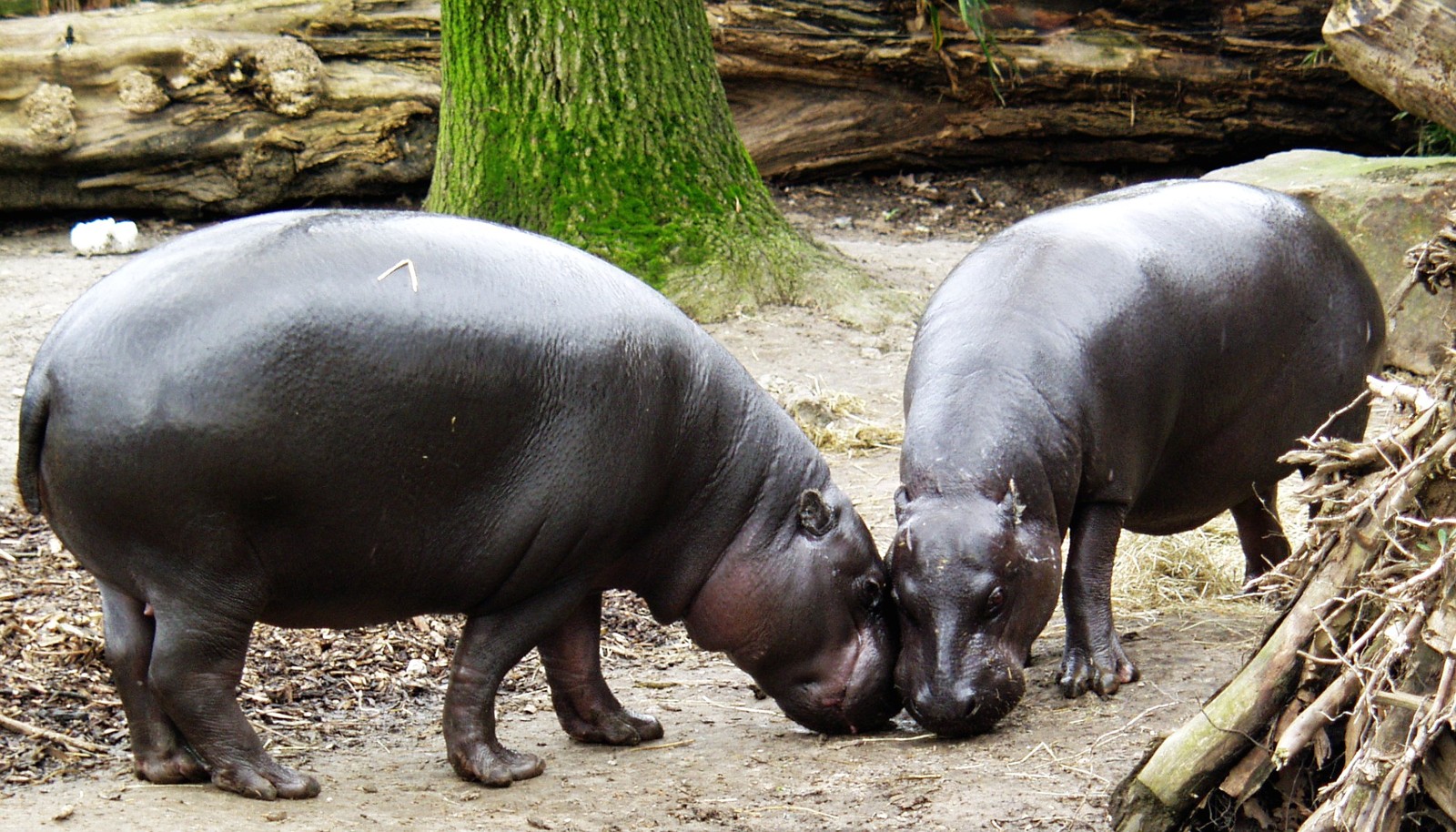
© Raimond Spekking / CC BY-SA 4.0
The Pygmy Hippopotamus exhibits the characteristic compact build and smooth skin of the species, demonstrating their perfect adaptation to dense forest environments. Unlike their larger cousins, these solitary creatures navigate through thick vegetation with remarkable agility.
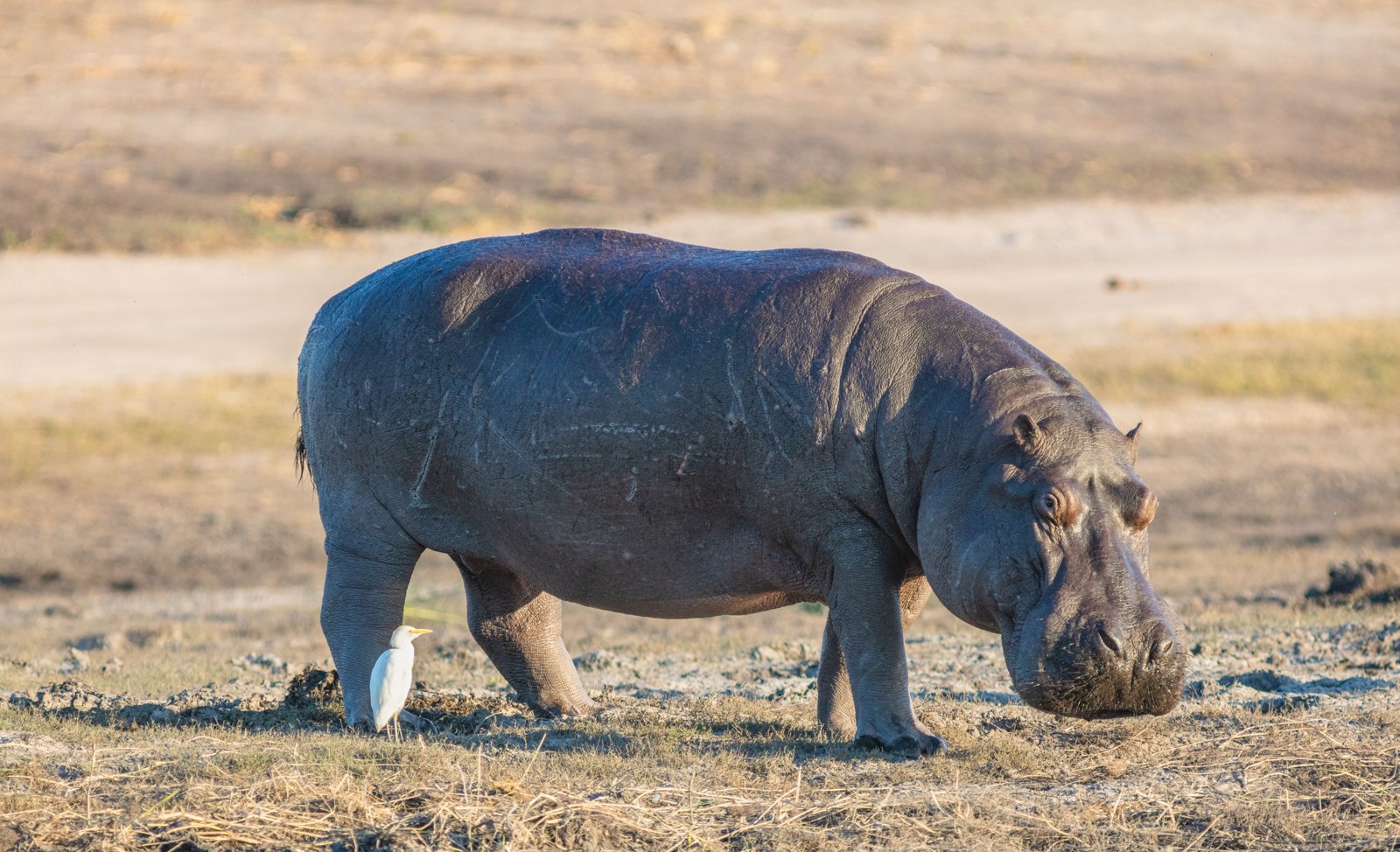
© Diego Delso / CC BY-SA 4.0
The common Hippopotamus displays its impressive bulk and characteristic features, including the broad snout and massive body typical of the species. This image captures the species’ adaptation to open savanna environments and their semi-aquatic lifestyle.
Key Differences Between Pygmy Hippopotamus and Hippopotamus
| Feature | Pygmy Hippopotamus | Hippopotamus |
|---|---|---|
| Weight | 400-600 lbs (180-275 kg) | 3,300-4,000 lbs (1,500-1,800 kg) |
| Height | 2.5-3 ft (75-100 cm) | 4.5-5.2 ft (140-165 cm) |
| Habitat | Dense rainforests | Rivers and lakes |
| Social Structure | Solitary | Highly social, groups of 10-20 |
| Territory Size | 1-2 square miles | Up to 250 acres |
| Conservation Status | Endangered | Vulnerable |
Habitat and Behavior
The Pygmy Hippopotamus inhabits the dense forests of West Africa, particularly in Liberia, Sierra Leone, and Côte d’Ivoire. These secretive animals create complex networks of forest trails and spend considerable time on land, unlike their more aquatic relatives. They’re primarily nocturnal, emerging at dusk to forage for ferns, broad-leaved plants, and fruits.
In contrast, common Hippopotamuses dominate the major rivers and lakes of sub-Saharan Africa. They form large social groups called pods, spending daylight hours submerged to protect their sensitive skin from sun exposure. At night, they emerge to graze on grass, consuming up to 88 pounds (40 kg) of vegetation.
Physical Adaptations
Pygmy Hippopotamus Characteristics
- More streamlined head shape
- Proportionally longer legs
- Less webbed feet
- Smoother, less wrinkled skin
- Eyes positioned on sides of head
Common Hippopotamus Characteristics
- Broader, more massive head
- Shorter, thicker legs
- Heavily webbed feet
- Deeply wrinkled skin
- Eyes positioned on top of head
Conservation Status and Threats
The Pygmy Hippopotamus faces severe threats from habitat loss and hunting, with fewer than 2,500 mature individuals remaining in the wild. Their restricted range and specific habitat requirements make them particularly vulnerable to human encroachment and deforestation.
Common Hippopotamuses, while more numerous with an estimated population of 115,000-130,000, face their own challenges. Habitat loss, hunting for meat and ivory (their canine teeth), and human-wildlife conflict pose significant threats to their survival.
Who Would Win in a Confrontation?
While such encounters would never occur naturally due to different habitat preferences, the common Hippopotamus would dominate any theoretical confrontation. Their massive size advantage, combined with aggressive territorial behavior and powerful jaws capable of exerting 1,800 pounds per square inch of bite force, far exceeds the Pygmy Hippopotamus’s defensive capabilities. However, it’s important to note that Pygmy Hippopotamuses avoid confrontation through their solitary, secretive nature.
Reproduction and Lifespan
Both species show remarkable similarities in their reproductive patterns, though with key differences:
-
Pygmy Hippopotamus
- Single calf every 1-2 years
- Gestation: 190-210 days
- Lifespan: 30-35 years
- Calves weigh 10-14 lbs (4.5-6.4 kg)
-
Common Hippopotamus
- Single calf every 2 years
- Gestation: 240 days
- Lifespan: 40-50 years
- Calves weigh 50-110 lbs (23-50 kg)
These fascinating creatures, despite their shared ancestry, have evolved to fill distinctly different ecological niches, demonstrating nature’s remarkable ability to adapt species to specific environmental conditions.
